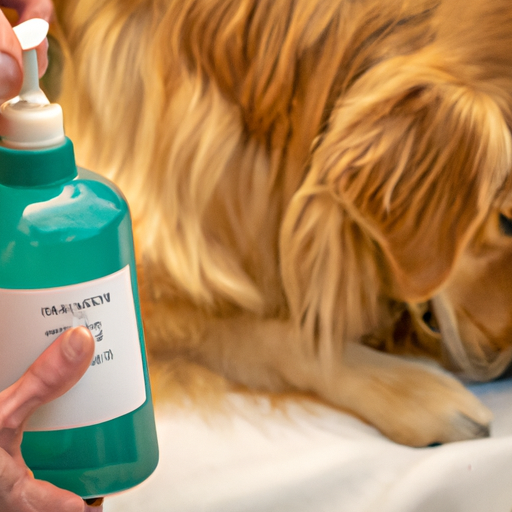As a caregiver to your furry friend, it’s crucial to understand how to properly use permethrin on dogs. This comprehensive guide will walk you through the process step by step, providing the best advice and practices to ensure the safety and health of your canine companion.
H2: Understanding What Permethrin Is
Permethrin is a common ingredient in many dog flea and tick treatments. It’s a synthetic pyrethroid, which is a type of insecticide that’s toxic to insects but generally safe for mammals when used correctly.
However, it’s essential to remember that permethrin is highly toxic to cats and fish. If you have multiple pets, it’s crucial to separate your dogs from your cats during the treatment period to avoid accidental poisoning.
H2: When to Use Permethrin on Dogs
Permethrin is typically used to treat and prevent flea and tick infestations in dogs. These parasites can cause serious health problems if left untreated, including:
- Skin irritation and infection
- Flea allergy dermatitis
- Lyme disease (from ticks)
- Anemia (from severe flea infestations)
While it’s possible to use permethrin on dogs year-round, it’s most commonly used during the warmer months when fleas and ticks are most active.
H2: How to Apply Permethrin to Your Dog
Before you start, gather all the necessary items:
- Permethrin-based dog flea/tick treatment
- Rubber gloves
- A well-ventilated area
Here are the steps to apply permethrin to your dog:
- Read the instructions: Always read the product label and instructions before application. Different products will have different concentrations of permethrin and may require different application methods.
- Wear gloves: Permethrin can be irritating to human skin, so it’s a good idea to wear rubber gloves during application.
- Apply in a well-ventilated area: To avoid inhaling the product, apply it in an open area with plenty of fresh air.
- Apply the product: Depending on the product, you may need to spray it onto your dog’s coat or apply it directly to the skin. Always follow the product’s instructions.
- Monitor your dog: Keep an eye on your dog for the next 24 hours to watch for any adverse reactions.
H2: Possible Side Effects and What to Do
Like any medication, permethrin can have side effects. Some dogs may experience skin irritation, including redness, itching, and swelling. In rare cases, dogs may have an allergic reaction to permethrin, which can cause symptoms like vomiting, diarrhea, seizures, or difficulty breathing.
If you notice any of these symptoms, stop using the product and contact your vet immediately.
H2: Frequently Asked Questions
Q: Can I use permethrin on my puppy?
A: Permethrin is typically safe for puppies over 12 weeks old. However, always check the product label and consult with your vet if you’re unsure.
Q: How often can I use permethrin on my dog?
A: This will depend on the specific product you’re using. Some products can be used monthly, while others may need to be applied more frequently. Always follow the product’s instructions.
Q: Can I use a permethrin product designed for humans on my dog?
A: No, you should never use a human-grade permethrin product on your dog. These products can be too concentrated and can cause serious side effects.
Q: What should I do if my cat is exposed to permethrin?
A: If your cat comes into contact with permethrin, wash them immediately with mild soap and water and call your vet.
By understanding how to use permethrin on dogs correctly, you can help keep your furry friend safe and free from pesky parasites. Always follow the product’s instructions and consult with your vet if you have any questions or concerns.



